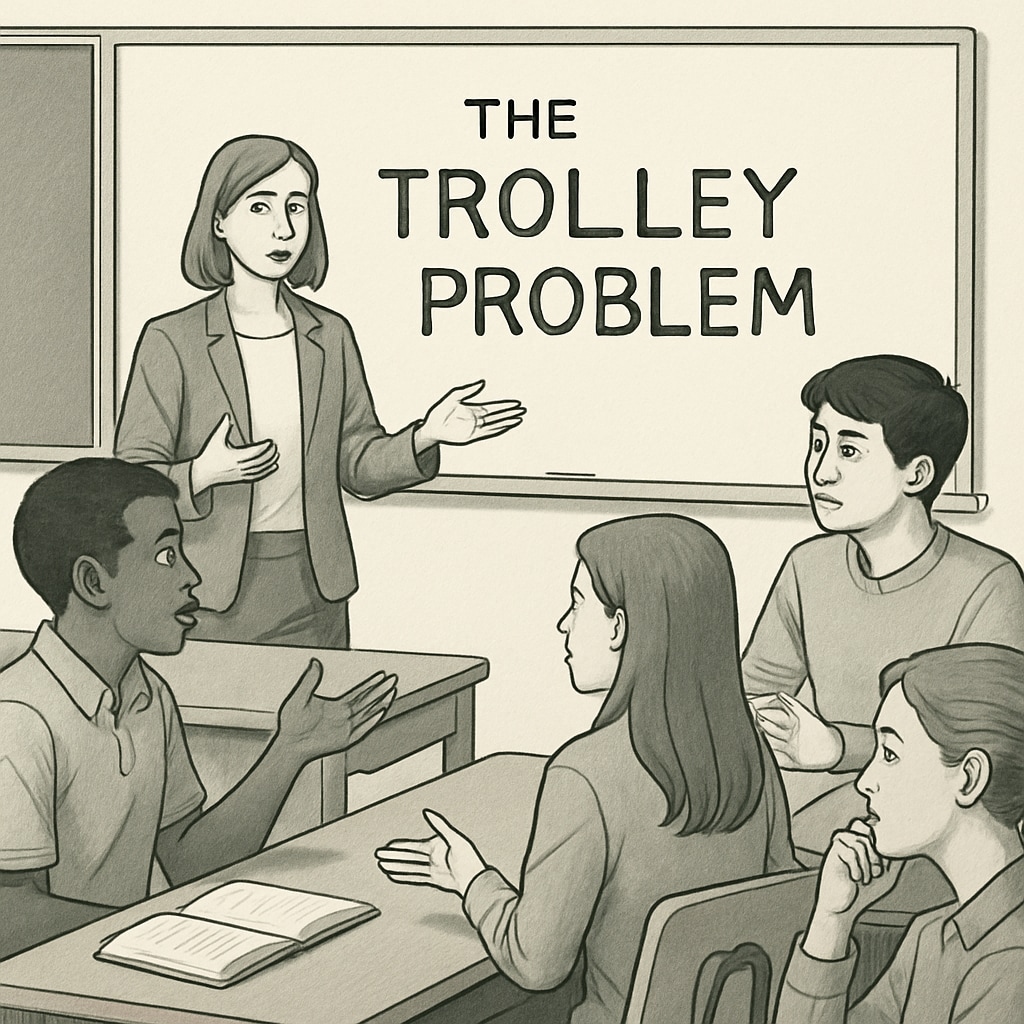Introducing young minds to the fascinating worlds of psychology and philosophy can be transformative. “Psychology, philosophy, self-study resources” are essential tools for nurturing critical thinking and self-awareness during the formative K12 years. This article provides tailored strategies and resources to help educators and parents guide students effectively in exploring these disciplines.
Why Learn Psychology and Philosophy in K12 Education?
The early exposure to psychology and philosophy fosters intellectual curiosity and enhances problem-solving skills. Psychology helps students understand human behavior, emotions, and cognitive processes, while philosophy encourages them to question assumptions and think logically. Together, these fields equip young learners with tools to navigate complex social, moral, and personal challenges.
For example, introducing psychological concepts like emotional intelligence or philosophical dilemmas such as “The Trolley Problem” can prompt meaningful discussions in classrooms. These discussions build foundational skills for critical thinking and empathy.

Age-Appropriate Resources for Psychology and Philosophy
Choosing the right resources for each age group is crucial. Below is a breakdown of recommended materials and strategies:
- Elementary (Grades K-5): Simplified books and interactive games are ideal. For psychology, consider titles like “What Is Psychology?” by Ellen Green or visual tools such as emotion cards. For philosophy, books like “Sophie’s World for Kids” or storytelling exercises with moral questions work well.
- Middle School (Grades 6-8): At this stage, students can engage with introductory texts such as “Psychology for Beginners” by Donald Pennington or online platforms like Psychology on Britannica. For philosophy, works such as “Philosophy for Teens” by Sharon Kaye offer relatable content.
- High School (Grades 9-12): High school students are ready for more advanced materials, including works by Sigmund Freud, Carl Jung, or Aristotle. Online courses like Coursera’s Introduction to Psychology or “The Republic” by Plato can be excellent starting points.

Effective Strategies for Teaching Psychology and Philosophy
Teaching psychology and philosophy requires a dynamic approach to keep students engaged. Here are some effective strategies:
- Interactive Discussions: Encourage open dialogue on philosophical questions such as “What is the meaning of life?” or psychological concepts like “How do emotions influence decision-making?”
- Multimedia Learning: Utilize videos, podcasts, and visual aids to explain complex theories. Platforms like YouTube offer beginner-friendly content from educators and experts.
- Project-Based Learning: Assign research projects where students analyze psychological experiments or philosophical texts. For example, have them explore the Stanford Prison Experiment or debate ethical issues.
These strategies not only make learning engaging but also help students apply concepts to real-world situations.
Challenges and How to Overcome Them
While introducing psychology and philosophy to K12 students offers many benefits, challenges such as abstract concepts and limited resources can arise. To address these:
- Start with relatable examples from daily life to make abstract ideas accessible.
- Leverage free online resources like Wikipedia or curated educational websites to access diverse materials.
- Focus on interdisciplinary connections, such as linking psychological theories with biology or philosophy with history.
By adopting these methods, educators can ensure that students grasp complex topics effectively and develop a lifelong interest.
Psychology and philosophy empower students to think critically and act responsibly. By incorporating “psychology, philosophy, self-study resources” into K12 education, we can prepare young learners to excel both academically and personally.
Readability guidance: Use short paragraphs and lists to summarize key points. Incorporate engaging examples and ensure transitions between ideas flow smoothly.


